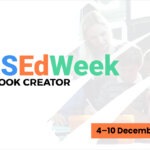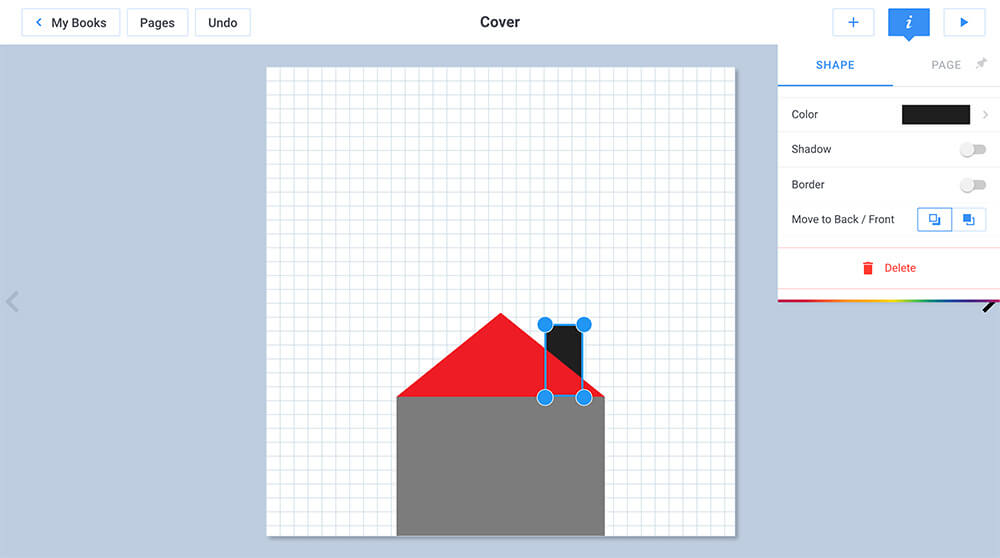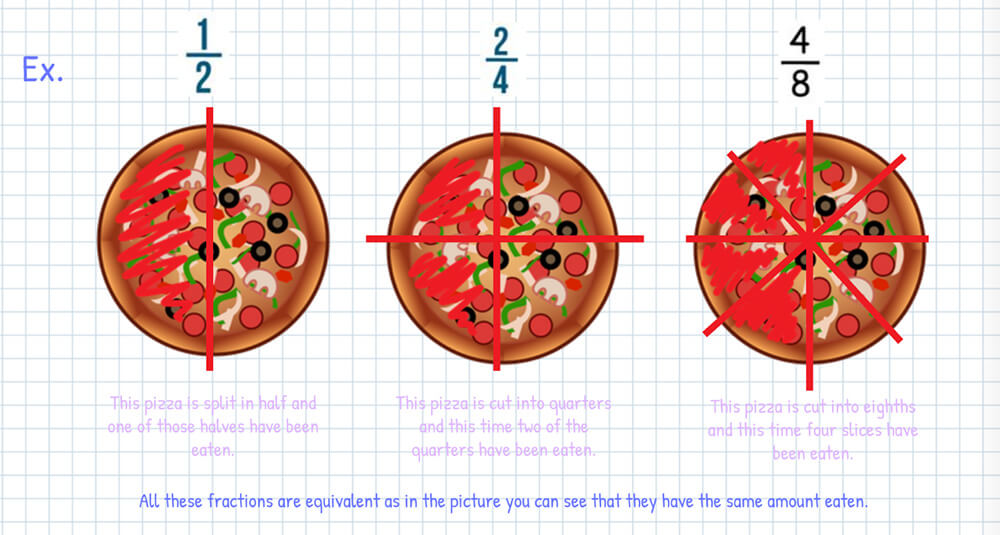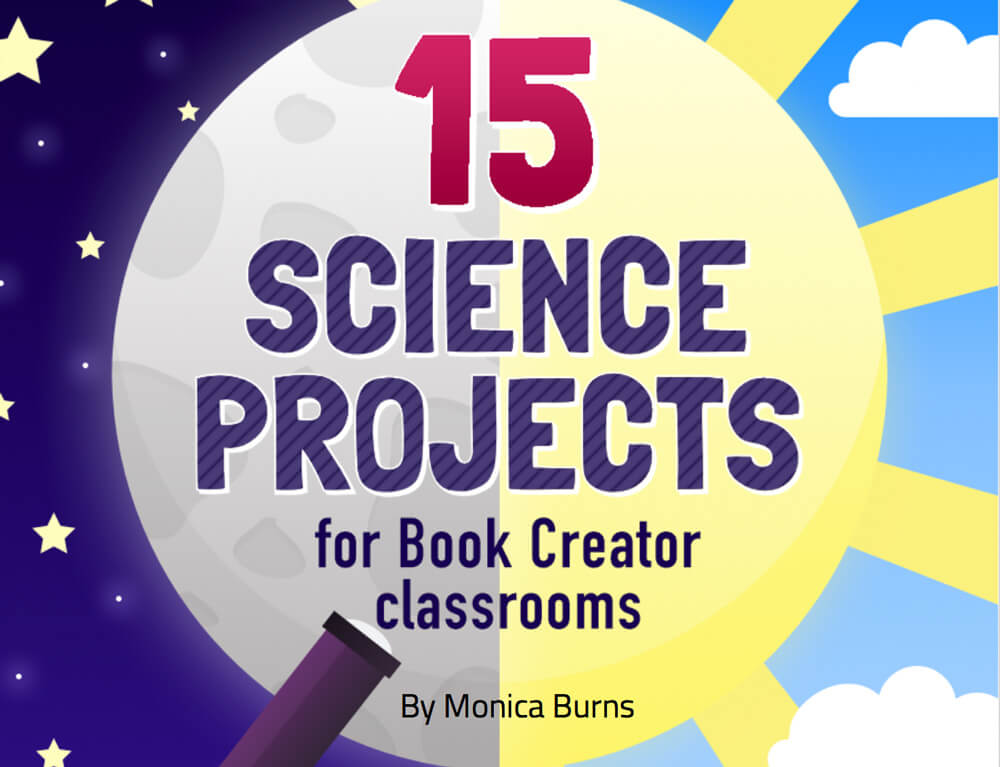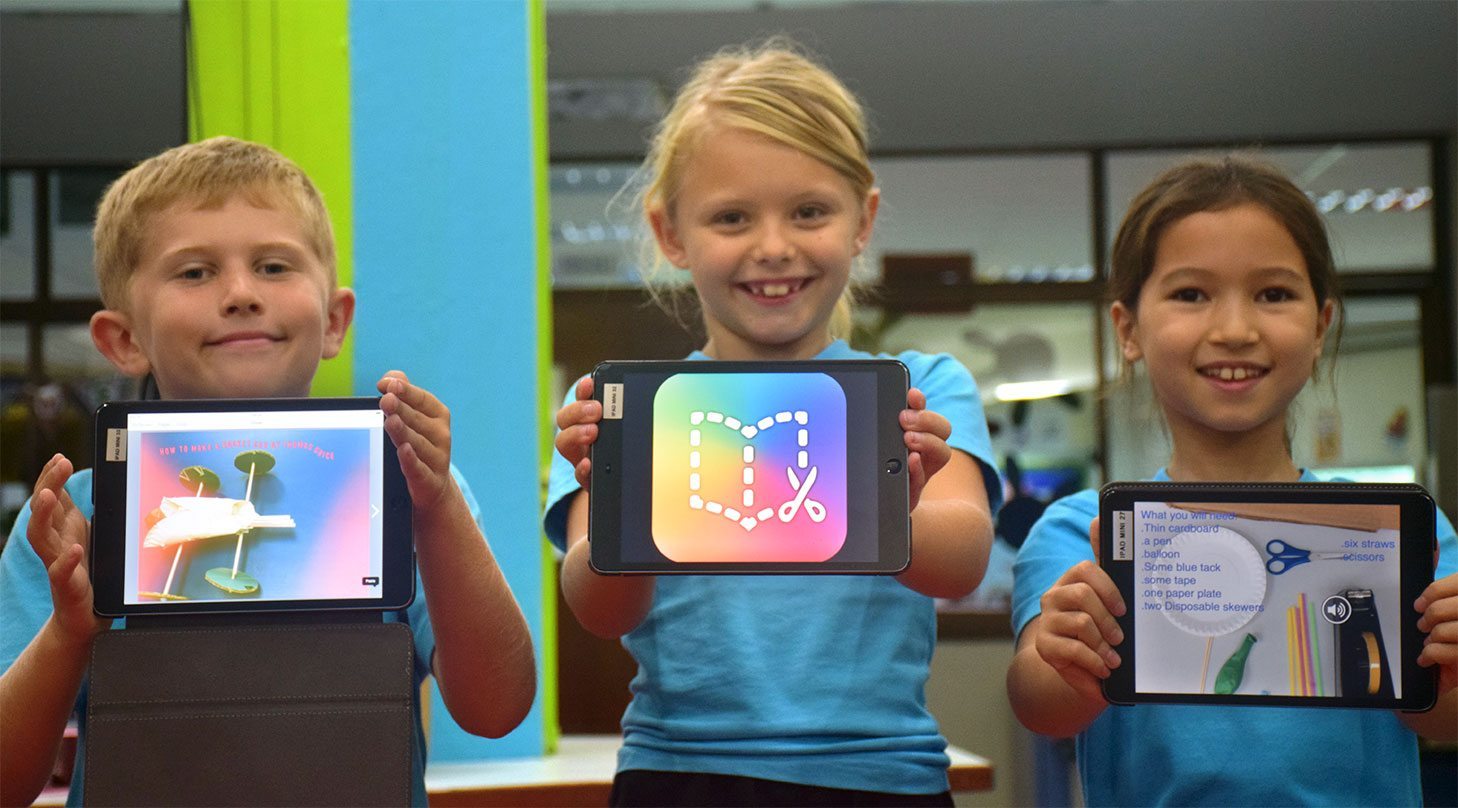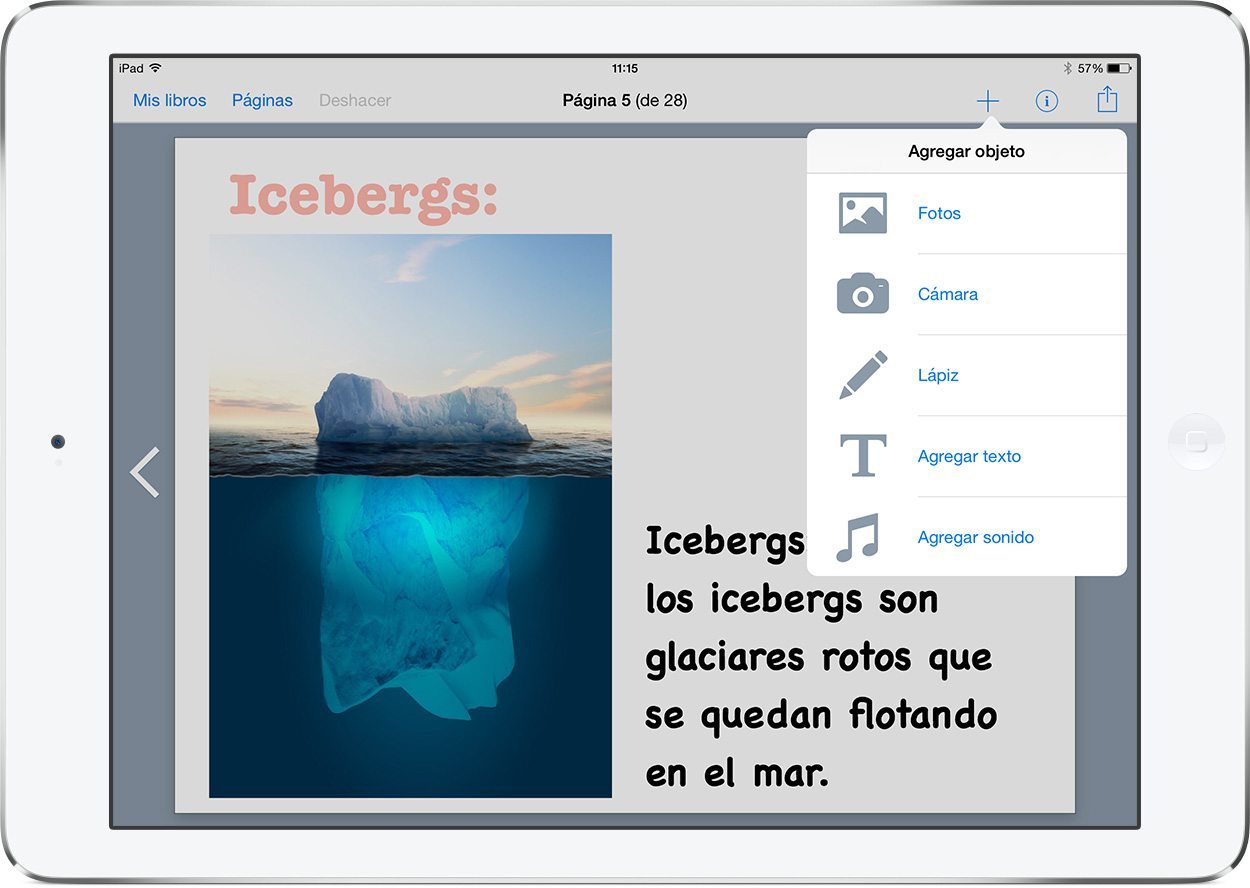In a world increasingly driven by technology and innovation, STEM (science, technology, engineering, and mathematics) education still lacks the attention it needs in our schools. But what makes STEM education so critical? Let’s look at some compelling economic and social indicators.
The economic benefit of STEM career is compelling. STEM workers command a significant wage premium compared to their non-STEM counterparts. As of 2024, the median annual wage for STEM professions in the United States is $101,650, highlighting the lucrative potential of these careers (Bureau of Labor Statistics, 2024).
This stark difference in earnings underscores the value of investing in STEM education, which not only equips students with valuable skills but also enhances their future earning potential.
The demand for skilled STEM professionals is not slowing down. According to the Bureau of Labor Statistics (2024), STEM-related occupations are expected to grow by 10.8% from 2022 to 2032, a rate more than twice that of non-STEM jobs. This robust growth indicates that STEM skills will be increasingly sought after, making STEM education an essential asset for the upcoming workforce.
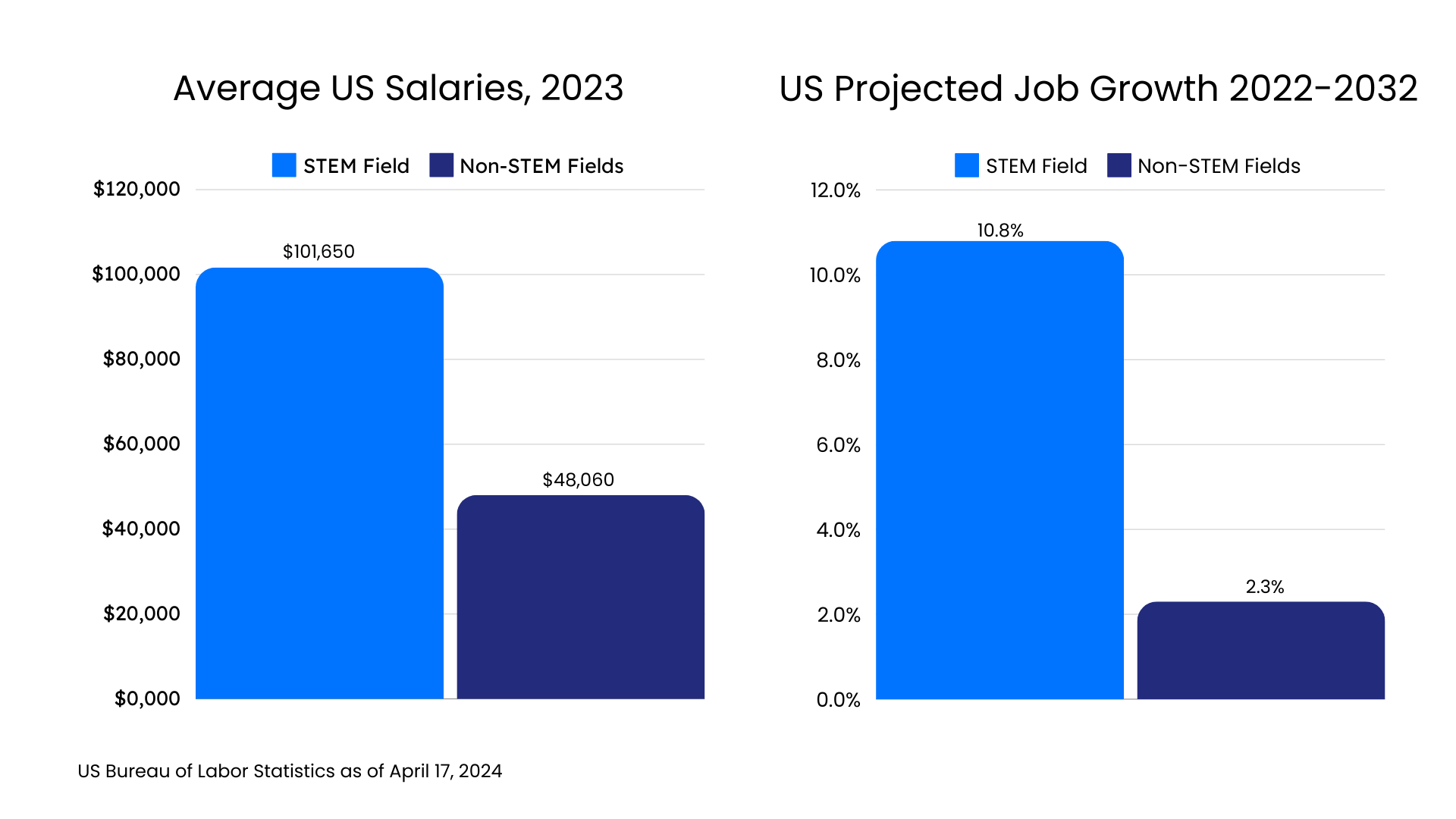
However, a global analysis reveals a concerning trend: Western Europe and the United States lag behind other regions in the number of STEM graduates produced, according to the World Economic Forum (2023). This disparity emphasizes the urgent need to enhance STEM educational initiatives in these areas to remain competitive on the international stage.
Addressing Underrepresentation in STEM
While STEM fields offer great opportunities, they also face significant challenges in diversity and inclusion. Women are underrepresented worldwide (World Bank, 2024), and in the United States, Black and Hispanic workers are similarly underrepresented, making up 9% and 8% of STEM jobs, respectively (MIT, 2023; Pew Research Study, 2018). These disparities highlight the need for more inclusive STEM education policies that encourage and support underrepresented groups to enter and thrive in these fields.
How can we ensure effective STEM education?
STEM education is not just about equipping students with hard skills. It's also about fostering critical thinking, problem-solving, and creativity—abilities imperative for innovation and progress.
Effective STEM education revolves around engaging students in practices that scientists and engineers use in the real world. This includes the ability to generate and evaluate evidence—a crucial aspect of the science and engineering principles. For instance, students should be encouraged to:
- Design Experiments and Prototypes: Allowing students to create and test their hypotheses or designs under real-world conditions.
- Analyze Data: Teaching students how to collect, analyze, and draw conclusions from data, thereby helping them make informed decisions based on empirical evidence.
- Critically Evaluate Results: Encouraging students to question and critically analyze their findings and those of others to refine their understanding and approaches.
At the same time teachers should be providing meaningful and timely feedback to help students move forward in their investigations.
Book Creator STEM Notebooks
The STEM notebooks (below) that I created with Book Creator are designed so that you can pull them into any science or engineering class and use the pages that apply most to your lesson. I built them with the ISTE Educator Standards and Universal Design for Learning in mind.
Why start from scratch when you can remix a @BookCreatorApp template? Try it with my STEM Notebooks! Link in bio. pic.twitter.com/oleErpS8bn
— Katie Fielding (@KatieF) April 18, 2024
Here are my tips for getting the most out of the notebooks:
- Remix: Each notebook includes a curated set of teacher resources in the margins. Whether you're new to integrating the 5E Science Model, Engineering Process, or Design Thinking into your lessons, these guides will assist you in implementing each phase effectively. Use these as a flexible framework to adapt the content to fit your educational approach. Learn how to remix a book in your library.
- Reorder and/or Remove: Tailor the notebook to meet your specific classroom needs. Feel free to remove pages that don't align with your lesson goals or student requirements. Additionally, you can rearrange the pages to better suit the flow of your instruction, ensuring a seamless learning experience for your students. Learn how to copy, rearrange, and delete pages in a book.
- Revise: Throughout the notebook, you'll find placeholders marked “TOPIC.” Replace these with your specific lesson topics and relevant vocabulary to personalize the content for your students. This customization is key to making the material more relevant and engaging.
After you make these personalizations then you can assign a copy to each student or group.
I would love to see what you do with these STEM notebooks in your class! Feel free to reach out or tag me on X @katief. You can also subscribe to my newsletter for updates on future notebook releases.

Get Book Creator for your school!
- Upgraded accounts for all your teachers
- Implementation plan to help with rollout
- PD support
- Analytics & admin dashboard
With 20 years of experience in education, Katie is passionate about creating inclusive and accessible classrooms for all students. She loves exploring new places, trying different foods, and connecting with fellow educators.


